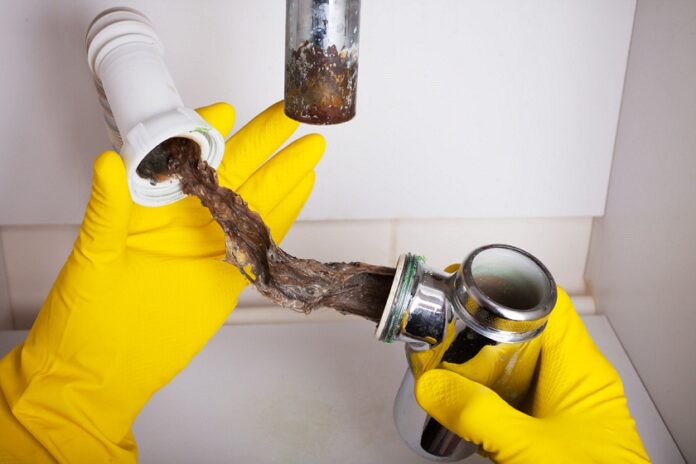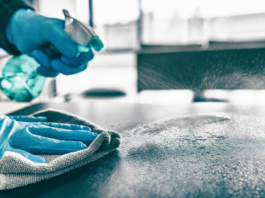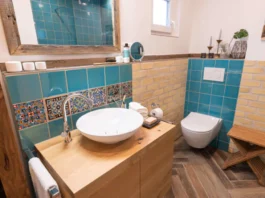A study by the Insurance Institute for Business and Home Safety related 52 percent of drain system failures to sewer backups. In most cases, a sewer backup results from a clogged drain.
Home water systems consist of many conduits and drains that get blocked from time to time. Drain obstructions are a nuisance since they prevent drainage water and waste matter from reaching the sewer system. With a clogged sink, for example, water can overflow and damage the floor as well as household items.
For this reason, you should fix clogged drains as soon as you discover them. If you are the do-it-yourself type, here are some inexpensive hacks you can employ instead of calling a plumber.
If you are suffering from a drainage problem in your home and need the best solution contact London Drainage now.
Read on to learn more!
Fundamental Procedures for Unclogging Drains
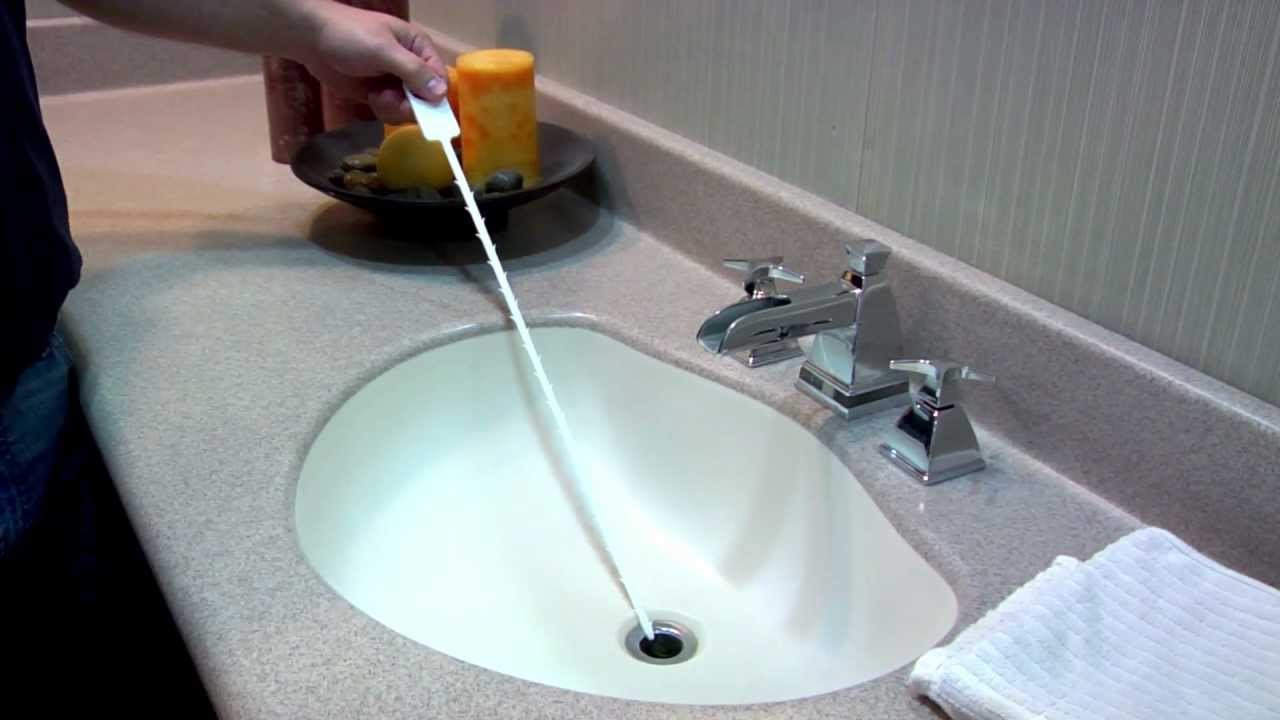
When it comes to clogged drains, it’s advisable to try the most straightforward unblocking techniques before going technical. Here are some quick unclogging methods that can clear your drains with minimum effort.
1. Use Detergent and Hot Water
This method of unblocking conduits is quick, easy, and cheap. First, pour 200ml of dishwashing detergent down the drain.
Wait for about 30 minutes for the detergent to lubricate and soften the solid matter. Meanwhile, boil some water in a medium-size pan.
Pour the hot water down the drain. It may unclog the drain successfully. This procedure is useful in clearing greasy substances as in the kitchen sink and waste disposal outlets.
2. Mix Baking Soda and Vinegar
This procedure requires hot water, baking soda, and vinegar. First, mix half a cup of warm water with a cupful of vinegar. Run a generous amount of hot water down the drain depending on the size of the conduit.
Put one-third cup of baking soda into the drain and pour your diluted vinegar solution successfully. Let the mixture rest for two or three hours.
The two substances should react and make the clogged materials to disintegrate.
Pour a pan of hot water down the drain to flush everything out.
3. Plunge the Drain
A plunger can force solid materials stuck down the drain by applying bouts of pressure. Remove drain stoppers and strainers before plunging.
You can apply some petroleum jelly on the rim of the plunger to create a secure seal and enhance suction. The plunger should cover the mouth of the drain entirely for maximum pressure. Plug the overflow opening with a wet rag.
If it’s a sink or bathtub, fill it with enough water to submerge the head of the plunger. Hot water can make the rubber more flexible for a better push. Plunge downwards and upwards until the clog dislodges.
4. Use a Drain Stick
Another way of unblocking a clogged drain is to use a drain stick. The tool is useful in clearing hair.
Insert the stick into the drain and twist it several times to remove the clog. Run a potful of hot water down the drain to clear any remaining debris.
Advanced Drain Unclogging Techniques
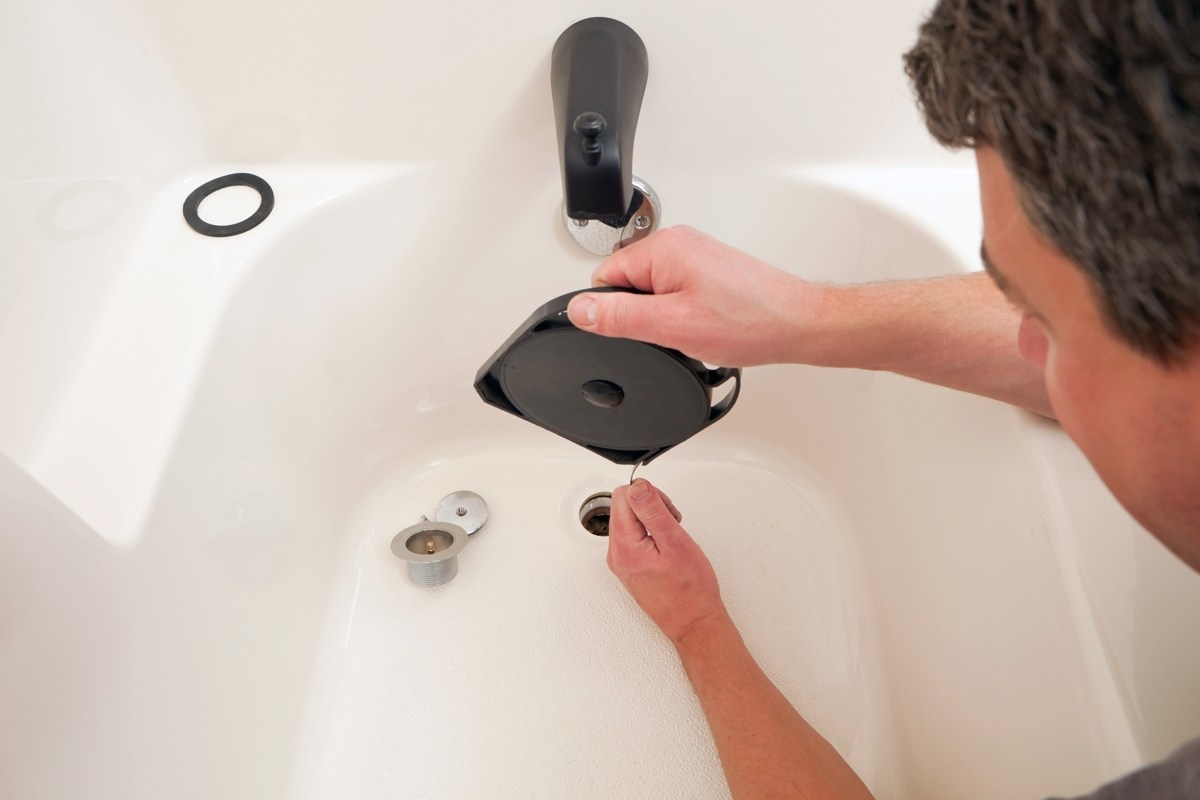
If the methods discussed above do not work for you, it may be time to go a notch high. In most cases, you need a professional like this useful service to help you. You will require skill and specialized tools to reach the clog where it hides.
1. Inspect the Sink Trap
Remove the sink trap by unscrewing it with your hand or a pipe wrench. Empty the contents of the trap and remove any remaining solids.
2. Remove the Drain Cover to Reach the Clog
Sometimes to have to clear a clogged drain with your hands. If you have to do it, wear protective rubber gloves.
If you can locate the clog, remove it with your fingers, and replace the drain cover. The method is popular in removing solids from shower and floor drains.
3. Insert a Hook
Hooking solid materials in conduits is an old yet useful method of dealing with clogged drains. You can use a wire such as that of a coat hanger and bend one end to make a hook.
Insert the hooked end into the drain and push the wire back and forth. It will clear any obstructions within the path of your tool.
4. Use a Plumber’s Snake
A plumber’s snake is excellent for unblocking bathtubs. The procedure begins with removing the overflow plate. It comes out with the stopper linkage.
Push about one foot of the cable into the overflow tube. Insert it further as you turn the crank handle.
Ignore the resistance and keep working until the cable passes through the P-trap located beneath the tub. Remove the snake and pour several gallons of hot water into the drain. Remember to replace all the parts after unclogging the bathtub.
5. Use Drain Cleaning Chemicals
Your last resort when other methods of unclogging don’t work maybe chemical drain cleaners. If you have to use them, follow the instructions as explained on the manufacturer’s manual.
Typical drain unclogging chemicals need up to 90 minutes to act on obstructions like hair and grease. Be cautious as some are toxic.
How to Prevent a Clogged Drain
First, let’s understand what causes blockage in the drainage system. The main reason for obstruction is carelessness or ignorance when allowing things into the drain.
Clogging is frequent in sinks and water disposals since they receive a wide range of kitchen waste. Some of the most notorious things with drain obstruction include:
- Cooking oil and fat
- Starchy food materials and peelings
- Fibrous waste like husks and coffee grinds
- Poultry skins
- Hair
Avoid materials that are not likely to disintegrate in water if you don’t want a clogged drain. Use the garbage disposal only when water is running. Also, educate your children and other house occupants about keeping the drain clear.
Wrap Up
A clogged drain is a nightmare that no one wants. Regardless of where it occurs, it can inconvenience you in incredible ways.
Imagine living in a house with a blocked toilet, or a sink filled with dirty water. Apart from the inability to flush your domestic waste, a clogged drain can produce a lasting stench in your home.
As discussed, there are many ways of fixing drain problems. Always start with the easiest method before disassembling the piping system. If you aren’t sure, or you don’t want to deal with the mess, call a plumber from your neighborhood.
Was this post helpful? Read this one to understand when your kitchen needs plumbing work.

